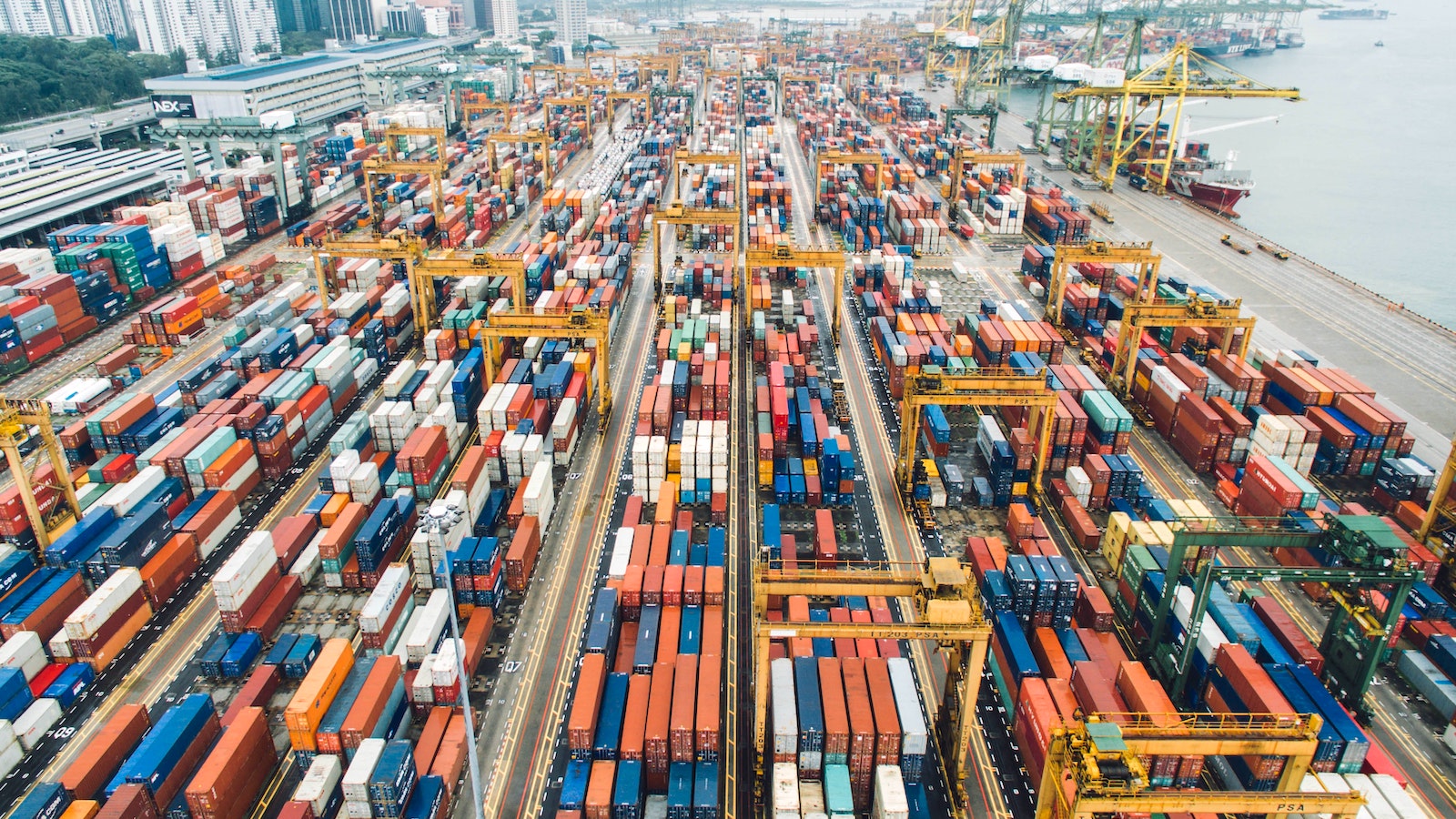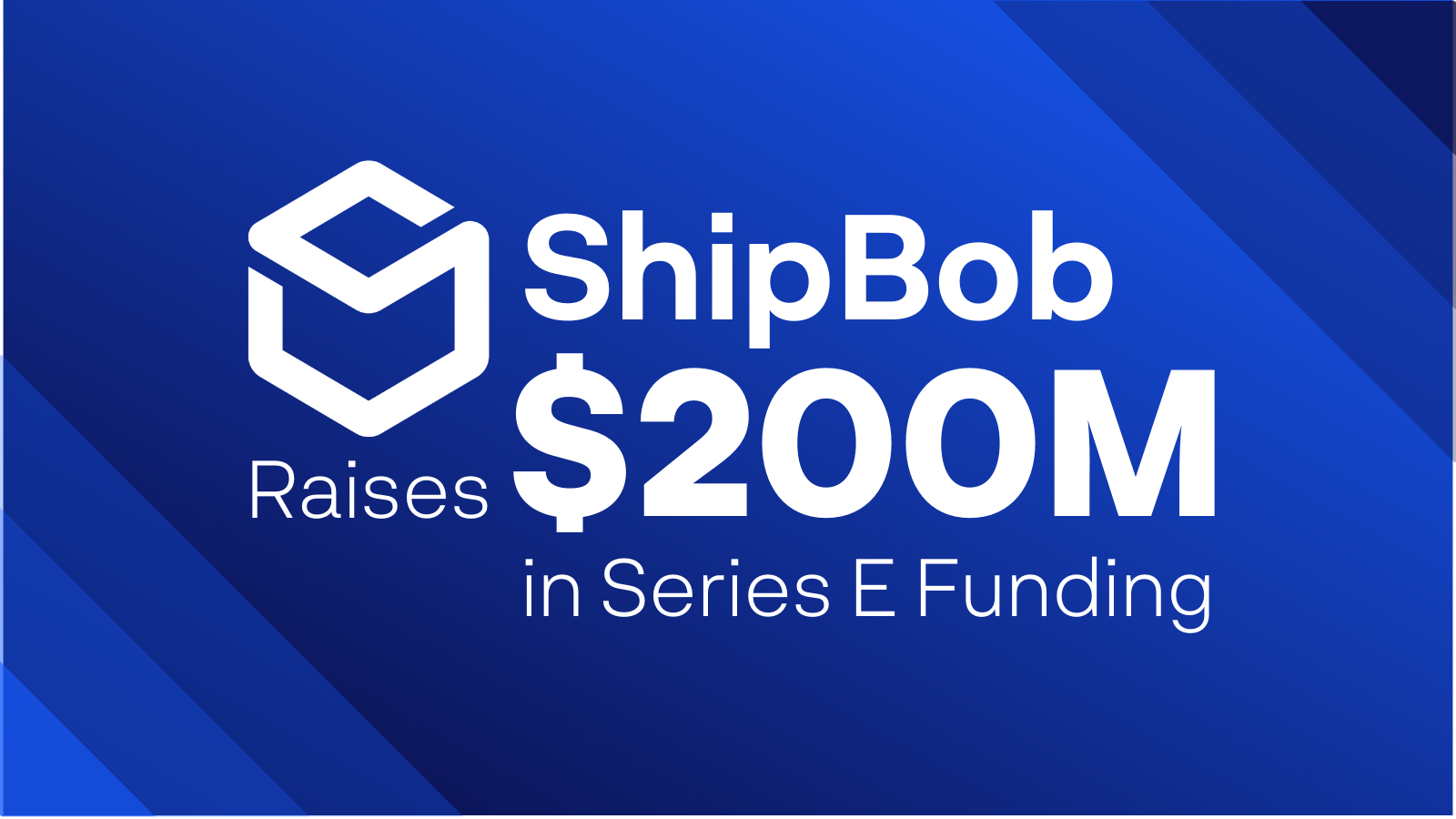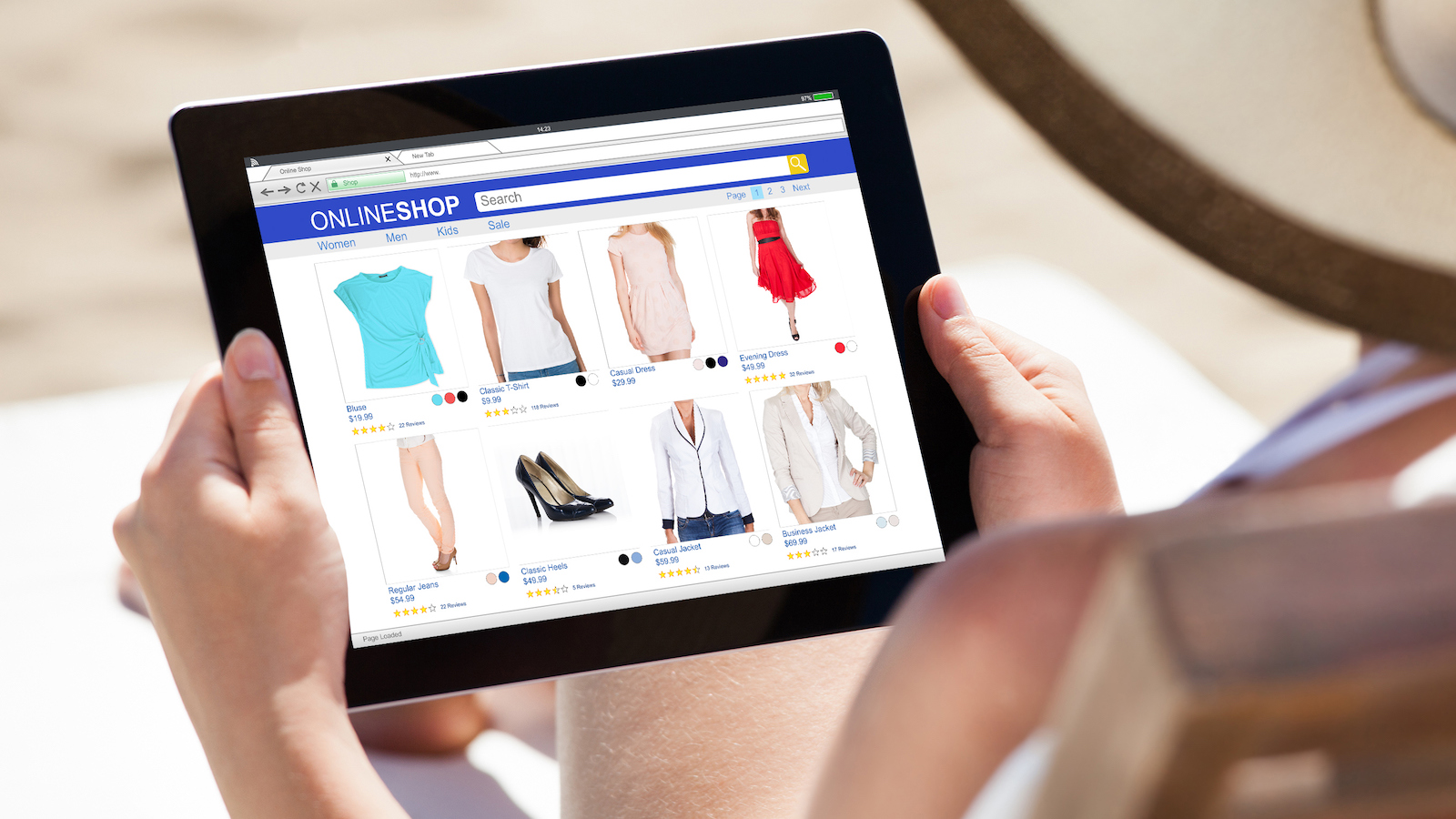Table of Contents
** Minutes
Think back 20 years ago.
Did you ever expect that most of your shopping would be done online?
Or that you could order anything from prescription glasses to heavy items like furniture and have it be delivered to your door in a matter of days?
As the ecommerce industry continues to grow, there is more money and time being spent in the logistics research and development.
From self-driving courier trucks to fulfilment robotics, the latest logistic innovations is making it easier for online brands to expand their business globally and meet customers expectations around fast and affordable delivery.
Here is an overview of the latest logistic innovations supply chain management that are sure to make big waves in the industry throughout the year.
Logistic innovations in 2021
Regardless of whether you’re a new online business owner or a logistics expert, it’s important to stay up-to-date on the latest logistic innovations. Today’s expectations of fast and affordable delivery is encouraging more research and development on logistics technology and automation.
Logistic innovations represent changes and improvements in logistics services from warehousing to fulfilment, to last-mile delivery.
Here is an overview of the top logistics innovations in 2021 that impact will impact the ecommerce supply chain.
1. On-demand warehousing
On-demand warehousing connects online brands that need to store inventory and fulfil orders on a temporary basis with warehouses that have excess space.
On-demand warehousing is ideal for businesses that need warehousing storage but don’t want to make an invest in managing a warehouse. It also is a cost-effective and flexible fulfilment solution. Though it’s an affordable option, it sometimes lacks vetted fulfilment providers and doesn’t provide the level of visibility into operations as you get with a tech-enabled third-party logistics (3PL) provider.
2. Last-mile delivery
Last-mile deliveryrefers to the stage when a courier picks up orders from a distribution hub or warehouse and delivers it to the final destination.
The goal of last-mile delivery is to deliver orders to customer quickly and effectively. Faster delivery is no longer a thing of the past but expected from your customers due to the standards set by names like Amazon and Walmart Marketplace.
To ensure customer satisfaction, it is important to make sure that your company has a handle on its delivery process. The sooner a customer receives their package, the happier they will be.
Cost is also a big factor. 28% of an online brand’s bottom line comes from last-mile delivery costs. To offer customers incentives to shop from you over competitors, you will need a shipping strategy that enables 2-day shipping or even free shipping. The key is to find ways to optimise last-mile delivery so you can offset shipping costs.
3PLs like ShipBob partner with all major and regional parcel couriers, and use technology to automatically optimise shipping routes. By using data, ShipBob can choose the best value courier and pass the savings on to you. This way, you and your customers benefit from fast and affordable delivery.
“I was most impressed with ShipBob’s commitment to driving improvement and technology, which drives reductions in delivery time. I knew a shorter transit time was going to become more and more important.”
Michael Peters, VP of E-Commerce Operations at TB12
3. Warehouse management systems
With so many processes happening simultaneously in any single warehouse, a warehouse management system (WMS) is important for efficient supply chain management in 2021 and beyond. Warehouse management refers to the overall observation of operations in a warehouse.
Keeping track of things such as receiving, tracking, and storing inventory, as well as training staff, managing shipping, workload planning, and monitoring the movement of goods is very important for success. A WMS is designed to improve supply chain efficiency and provide complete visibility into operations.
“In addition to our merchant-facing software, app store, and new fulfilment centres, we will continue to invest heavily in our warehouse management software (WMS), which powers all of our fulfilment centres.
This tight integration of our merchant-facing software and WMS allows our merchants to take advantage of the growing number of locations in the ShipBob network and place inventory closer to their end customer.”
Dhruv Saxena, CEO of ShipBob, in response to Series E funding
4. Automation potential
Automating in-house operations processes reduces manual work and saves on logistics costs by automating time-consuming tasks. Automation also frees up time for your logistics team, so they can focus on how to improve workflows with automation in mind.
Every part of the supply chain offers automation of some sort. For instance, automated fulfilmentcan streamline your order fulfilment process. This logistics innovation is the implementation of technology and resources that can be used to manage the fulfilment process, which helps to speed up processes, save time, and reduce human error.
Logistics automationis using technology and equipment to help with warehouse operations and fulfilment processes. It can help improve and speed up these processes in a more efficient way. Lastly, inventory automationis the process of making generally very time-consuming tasks automated allowing more time for other work.
Lastly, 3PLs automate shipping with technology that maps out the most optimise route to ship out an order.
“My end goal when I started Drop FX was to create something that was fully automated, so I could focus on driving sales. I didn’t want to have to worry about inventory and distribution as much.
When I was gearing up to launch the business, I was looking for someone who would automate fulfilment for us. I chose ShipBob, and it turned out to be a very easy and scalable solution.”
Josh Hollings, Founder & CEO of Drop FX
5. Blockchain transactions
Blockchain is more than just an industry buzzword as it continues to be one of the most talked about innovations in logistics.
However, it can be a hard concept to grasp. In layman’s terms, blockchain refers to an open ledger of transactions distributed among systems within a single network. Easy, right?
This process offers further transparency into an entire supply chain network with quick approvals and processing checkpoints. It also consists of automatically recorded data that makes it challenging to change, hack, or cheat the framework. This provides more security for brands that are expanding their distribution network.
For ecommerce, blockchain transactions make it easier for retailers to share and access the same data as their third-parties that manage different parts of their supply chain (e.g., 3PL or courier partners).
6. Geolocation technologies
Geolocation technology has been used in various industries, including ecommerce, for a while now. One example, order tracking, is essential to send to customers, so they can stay up to date on deliveries and lower the amount customer service inquiries. However, geolocation technology continues to improve to optimise the supply chain and enhance the customer experience.
Geolocation technology can also track inventory throughout the supply chain in real time, such as how much inventory will be received and when, what’s in transit, and what’s been stored.
Another example of geolocation technology is the ability to view inventory levels across different fulfilment locations, which provides real-time insights to help you maintain and optimise an idealproduct allocation strategy.
7. Drones
Drones are now being used for faster delivery all over the world, no matter how remote a location might be. Drone delivery is incredibly efficient for certain types of deliveries and can be used to replace traditional transportation methods.
Drones also have the capability to reach remote areas, which reduces the delivery time and cost. For instance, drone company Manna offers drone delivery as a service to restaurant chains with its latest delivery drones innovation, and can fly at an altitude of 80 meters with a speed of 80 km/hour.
This provides a promising benefit to the logistics industry. The process not only eases the coordination from shipment to delivery but also has a great impact on effective product delivery and can reach both rural, urban, and more remote regions.
8. Crowd shipping technology
Crowd shipping technology (also known as crowdsourced delivery) makes the most of bulk supply and delivers orders at a faster rate. Today, this technology is used mostly for food delivery, but it’s also making its way into ecommerce.
Crowd shipping technology works by using a network of local couriers to deliver packages to customers’ doors in a timely fashion. Crowdsourced delivery offers benefits for both online stores and customers as it makes it easier to get orders to their customers faster.
For customers specifically, crowd shipping provides more control over the shopping experience as it’s not only a faster option but it provides more visibility using GPS tracking, so customers know exactly when their order will arrive.
9. Big data analytics
Data runs through every process within your supply chain and you can use this data to improve your performance and productivity.
Using inventory and fulfilment data, you can better manage SKUs, replenish inventory on time, forecast demand, and make better decisions on how to optimise operations.
From shipping insights to ecommerce fulfilment performance, ShipBob provides full visibility into operations, which allows you to step away from day-to-day operations, while taking care of fulfilment for you.
ShipBob’s premium 3PL software uses historical order data to provide insights into SKU performance, inventory days on hand, and distribution insights to decide on how to best allocate inventory across distribution centres.
“We strive to be very data-driven, and ShipBob gives us access to different views of our business. Their analytics tool has been great to have. We can see inventory reconciliations and easily view SKU velocity, transit times, and inventory distribution recommendations.”
Pablo Gabatto, Business Operations Manager at Ample Foods
Using ShipBob’s data and analytics reporting tool, you also get insights into:
- How quickly products are selling and which items are slow-moving
- Where your customers are located vs. where you’re shipping from
- How much you are spending on shipping, and the average order amount that customers are spending at your store
- A breakdown of transit times and average cart value by shipping method
10. Autonomous vehicles
Autonomous vehicles can help lower transportation costs, optimise freight shipping, and improve delivery times.
Automated shipping takes on a whole new role with self-driving trucks, which are currently in beta. In hopes to improve productivity and speed, there are big investments going into the testing of self-driving trucks.
Though this innovation is still in its trial period, in the near future, autonomous vehicles will most likely be able to serve a limited number of interested customers before being implemented throughout the industry.
11. Cloud computing
Ecommerce offers the ability to expand your brand across the globe. Not only can you sell directly from your online store, but you can also establish a multichannel retailing strategy by expanding into different sales channels.
To expand reach geographically, 3PLs like ShipBob allow you store inventory in different countries and track inventory and orders from a single dashboard, making it easier to expand while managing your supply chain.
Ecommerce expansion is made possible by using cloud-based computing solutions, which provide the logistics industry with low capital technology advancements that easily record and aggregate data, as well as provide full visibility into an entire supply in real time. This allows merchants to outsource fulfilment while still having access to data in real time to maintain control and oversight.
“Off the bat, I liked that I would be able to control multiple warehouses through one page with ShipBob. With my old 3PL, I could never just open a page and get the info I wanted.
I had to click several times, then export it, and try to make sense of it. ShipBob lets you manage your inventory while providing important data in a very digestible way.”
Wes Brown, Head of Operations at Black Claw LLC
How ShipBob keeps your company up on the latest innovations
At ShipBob, we utilise a powerful WMS to optimise our entire fulfilment network, improve processes, and automate fulfilment and shipping.
Our warehouse automation solutions enable fast fulfilment, provide full visibility into operations consistently throughout our distribution network, and gives you the ability to expand your logistics operations with ease.
ShipBob’s fulfilment technology is designed to also eliminate warehouse picking and packing errors to maintain high order accuracy through our box selection and Cubiscan process. This helps us choose the optimal packaging for each unique order, taking the seller’s preferences into account, along with the product’s weight and dimensions, and instructing the packer for each order.
Our proprietary merchant dashboard connects to our WMS and gives each merchant deep insights into fulfilment performance, how we’re hitting our SLAs, visibility into order status and inventory counts, and much more.
By owning the full tech stack (merchant-facing dashboard and the WMS used in all of our fulfilment centres), we have data on every point in the order fulfilment process to offer transparency, consistency, and visibility.
“ShipBob’s technology provides cost savings. Other 3PLs pass fees onto the client for work they do related to manual processes because they lack the fulfilment technology needed to meet customer expectations.
ShipBob’s technology has effectively eliminated the work of a program manager at other 3PLs, while providing immediate visibility into inventory and the ability to respond and make changes myself.”
Carl Protsch, Co-Founder of FLEO
When you partner with ShipBob, you can worry less about investing in and implementing the latest logistics innovations to stay competitive. ShipBob keeps an eye on all the latest supply chain trends and continues to deeply invest in the latest technology to maintain a best-in-class logistics solutions for online brands.
To learn more about how ShipBob’s commitment to logistics innovation for ecommerce, start a conversation with us by clicking the button below.
Logistics innovations FAQs
To further grow your brand, it’s important to understand the latest innovations in logistics. Here are answers to common questions related to logistics operations.
What are the new trends in logistics?
Logistic innovations are constantly evolving and new technology is moving fast to support on-demand logistics needs. Some new trends in logistics range from geolocation technologies, drones, automated transportation vehicles, and more. It can be hard to keep up with the latest trends and implement them if your business is small, so many brands partner with 3PLs who are experts in the latest logistics innovations.
How will blockchain work with logistics?
Blockchain is one of the more up and coming trends in logistics. Blockchain transactions offer further transparency into the entire supply chain with quick approvals and processing checkpoints. It can help make ecommerce business be more effective through a public record framework that records the movements of each shipping container while improving security.
How can you implement new logistics innovations to your online store?
Thanks to several ecommerce solutions on the market, it is easy to implement new logistic innovations into your ecommerce business. The best way is to partner with a tech-enabled 3PL like ShipBob that uses the latest logistics technology to automate the fulfilment process, as well provide direct integrations with the industry’s leading technology and software.



